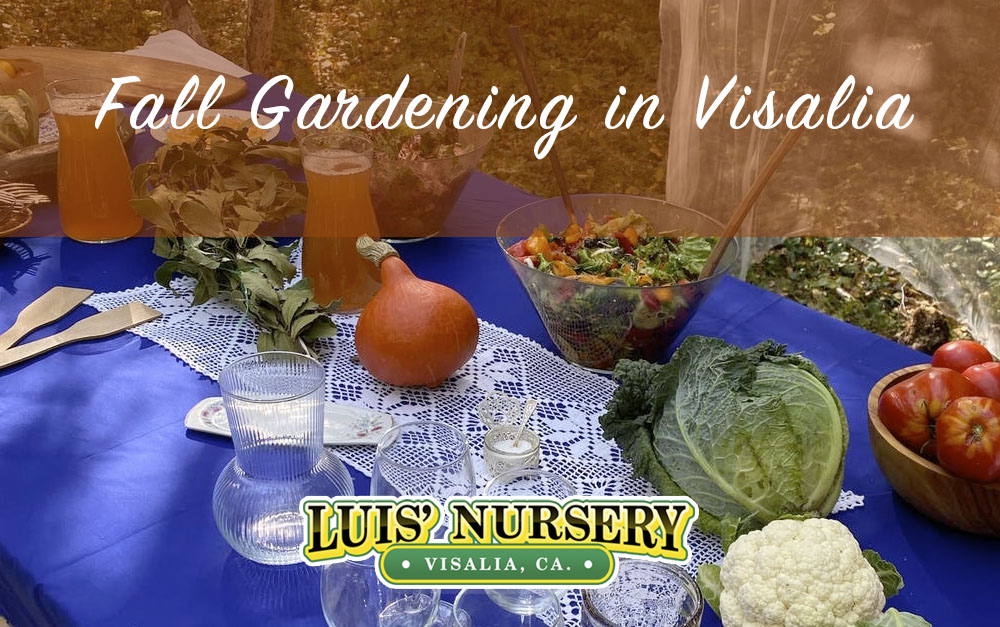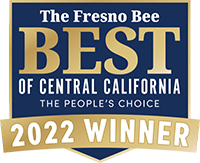Summer has just about skated right out the door and fall is coming. Now is the time to let your fall gardening ‘fall into place’. It’s time to start planning for our fall gardening. What should we be planting now? Here are some ideas for fall gardening.
What to plant now
We probably won’t experience our first frost until late November. If you have seeds that you started indoors you can move the seedlings outdoors by the end of August and throughout September. There are some seeds that you can start outdoors as well.
Here are a few things that you can plant or seed now:
- Bell Peppers – Plant seedlings outdoors in early August
- Broccoli – You can start seeds indoors in early August and then move the seedlings outdoors in early September
- Cabbage – Start seeds indoors in early August and then move seedlings outdoors by late August
- Carrots – Start seeds in early October outdoors
- Cauliflower – Start seeds indoors in early August and move seedlings outdoors in early September
- Celery – Plant your seedlings outside in early August
- Corn – In late August you can plant seeds outdoors
- Cucumbers – In late August you can plant seeds outdoors
- Eggplants – In early August you can plant seedlings outdoors
- Cucumbers – Plant seeds outside in the middle of August
- Eggplants – Plant seedlings outdoors in early August
- Green Beans – Plant seeds outdoors in middle of August
- Kale – Plant seedlings outdoors in late September
- Kohlrabi – Plant seeds outside in early October
- Okra – Plant seeds outside in mid-August
- Parsnips – Plant seeds outside in mid-August
- Peas – Plant seeds outside in mid-September
- Potatoes – Plant seeds outside in early September
- Tomatoes – Plant seedlings in early August
- Zucchini – Plant seedlings outside in late August
- Garlic – Garlic needs soil at least 60 degrees so check your soil temps
You may ask why do you start seeds indoors? Planting your seeds indoors gives your crops a head start on the growing season. You’re able to provide your tender young plants a chance to grow in a stable, controlled environment. The outdoor environment is unpredictable, and pests and diseases can take a toll on young plants. Indoors you can manage these elements and give them the best shot at success when transplanted. Be mindful that some plants do not want to be started indoors. Root crops, like carrots, radishes and beets don’t really like their roots messed with after planting.
Fall Planting
Fall planting is a little easier as there are less pests, and the soil is already warm. You must plan your planting based on maturation rates and the first frost expected. Tomatoes, peppers, and eggplants have a longer maturation period. Usually, you would start them indoors and transplant them later. Root vegetables don’t transplant well and should be planted directly outside. Cole crops such as broccoli, kale, cabbage, and cauliflower are better started indoors and then transplanted. They can be direct seeded, but they aren’t fond of the mid and late summer heat.
How do you know when to transplant? If your seedlings are outgrowing their seed trays or starter pots, it’s time to get them in the soil. If the timing is off, you can always move them to larger plastic or peat pots temporarily.
We do have seedlings and starters available to give you a leg up. Just contact us for available items. We’d love to chat with you about your fall garden plans!



